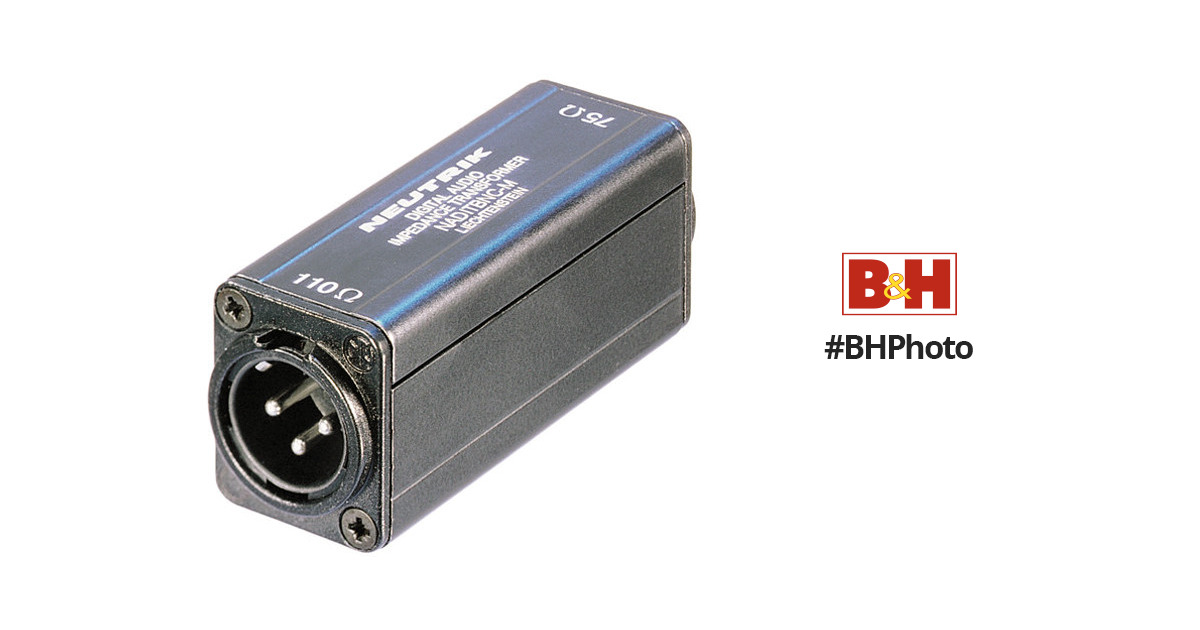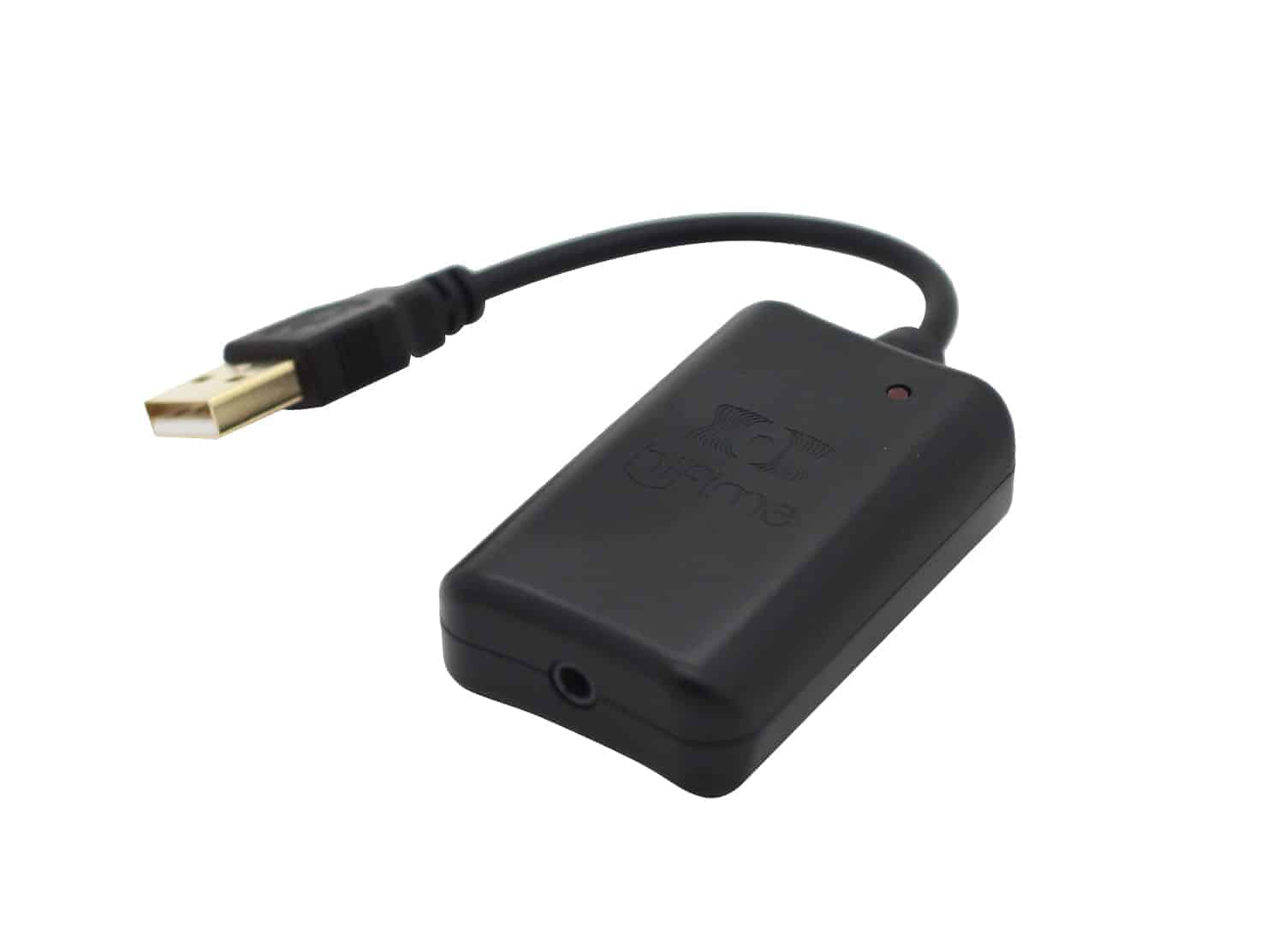Regarding the Okto's AES/EBU inputs: I have no devices that natively output that format. But from what I have read I think I can convert BNC coax to AES/EBU using an impedance transformer like this:

Neutrik NADITBNC-M - AES/EBU Impedance Transformer
Buy Neutrik NADITBNC-M - AES/EBU Impedance Transformer featuring Inputs 75 Ohm BNC, Outputs 110 Ohm XLR, Matches Balanced to Coaxial Lines, Allows Long Cable Runs for Digital Audio, Simple to Use, Passive Unit, Cost-Effective Impedance Matching. Review Neutrik nullwww.bhphotovideo.com
I'm looking to go:
Allo digione signature player > BNC > impedance transformer to AES/EBU > Okto 2 ch input > out USB (to another Rpi running Camilladsp) > back into Okto via USB > out to amps
I've also got at least one Toslink source. I have a cheap Toslink to coax adapter that outputs RCA terminated coax: is there any reason this wouldn't work with the impedance transformer as well?
You shouldn't have any issues with TOSLINK / SPDIF sources and using TOSLINK / coax adapters + transformers when only using 2 input channels on the Okto.
The biggest questions I see in your proposed setup are 1) why use the digione when you can also use the RPi running CamillaDSP directly as a streamer? and 2) how are you going to integrate your TOSLINK source with the Okto?
One thing to keep in mind is the Okto does not have an ASRC and if using it in AES / USB mode you will need to run CamillaDSP at the same sample rate as your source, this can get complicated if your source has variable sample rates.
Michael



